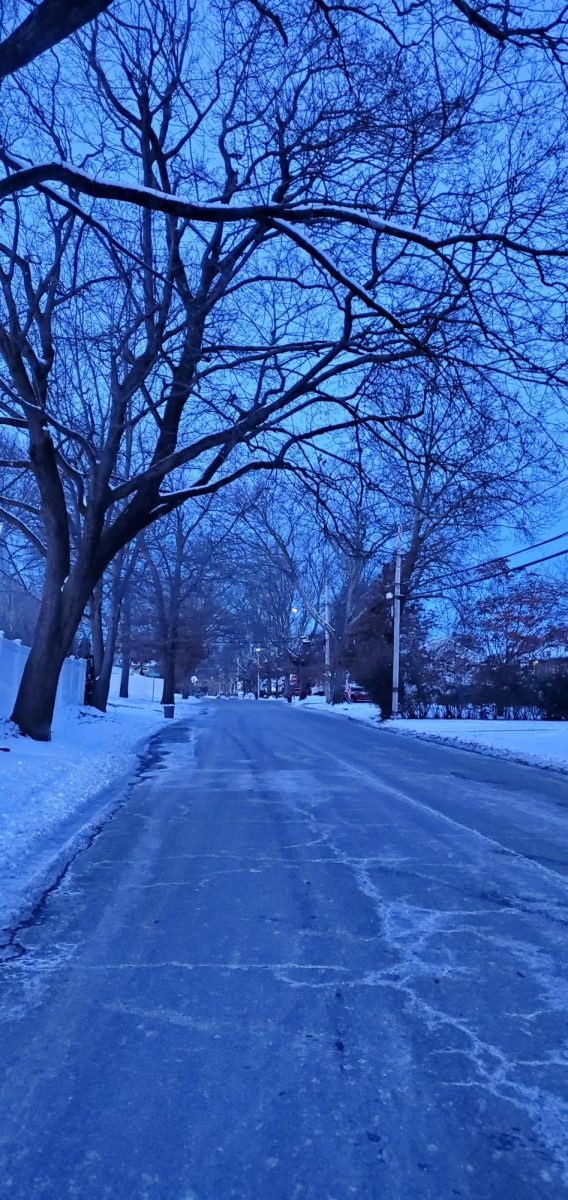Every 400 years, the solar eclipse occurs on Long Island for students to enjoy. Solar eclipses are not rare, but they are for Long Islanders.
“It is important for students to learn about the solar eclipse because they should be aware of the risks and dangers associated with the eclipse. You wouldn’t look at the sun on a normal day without purpose. The only time it is okay to look at the sun is when you are in a location of what’s called totality,” said earth science teacher, Peter Tine Sr.
In the eclipse totality, it becomes dark outside, however, Long Island is not in the path of totality. When students learn the dangerous effects of the solar eclipse, they can enjoy its natural beauty without damaging their eyesight.
“There were many different activities outside, from plate tosses to eclipse chalk to photo booths, pretzel sales, and moon rock tosses,” said. Tine.
Many students participated in the solar eclipse event at the high school.
“It was beneficial because it was just a chill place to relax after school. Most kids go straight home after school, but this time, students had a reason to stay, and it was really nice to see the community of students intermingling and playing games even with teachers,” said senior Joe M.
This event helped students take a break from studying and connect with their friends and science teachers.
“From my experience, I learned that there can be a great school community and students can have fun at school in an organized event, but the school needs to be able to provide it on a similar level to the eclipse event. I would recommend going to the event because it’s very representative of our community, and on a rare day when we have an eclipse, planning something very special like that is good to experience,” said Joe M.
Not only did it connect the High School but it connected everyone who lived in an area that was able to see it. Many posts about the eclipse on Social Media went viral. The solar eclipse was also being taught to younger children in different ways in order for them to remember it.
“The first grade reads Scholastic News, which is a nonfiction publication, so the classes read it. There is something projected on the smart board and games for the kids to play. Then we put instructional videos and read allows on the Google Classroom about what the solar eclipse is and how to prepare for it,” said Nancy Carillo, a first-grade teacher at Rolling Hills.
Every student is included in the event and the beauty and harms of the once-in-a-lifetime experience was taught. Depending on where a student lives they will have a different learning experience, based on what is seen.
“I know district-wide, every child and staff member gets safety glasses. What’s different from learning it at the high school is that the students that are older and learning a more complex understanding of the distances between the moon and the sun,” said Carillo.◼️










